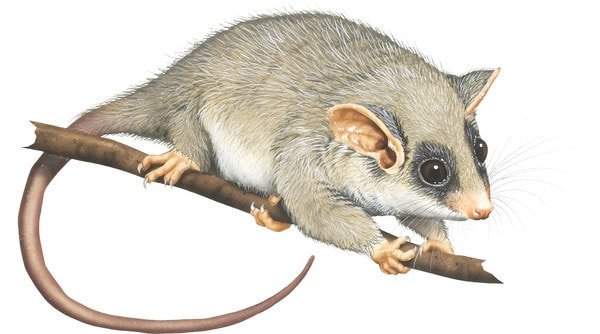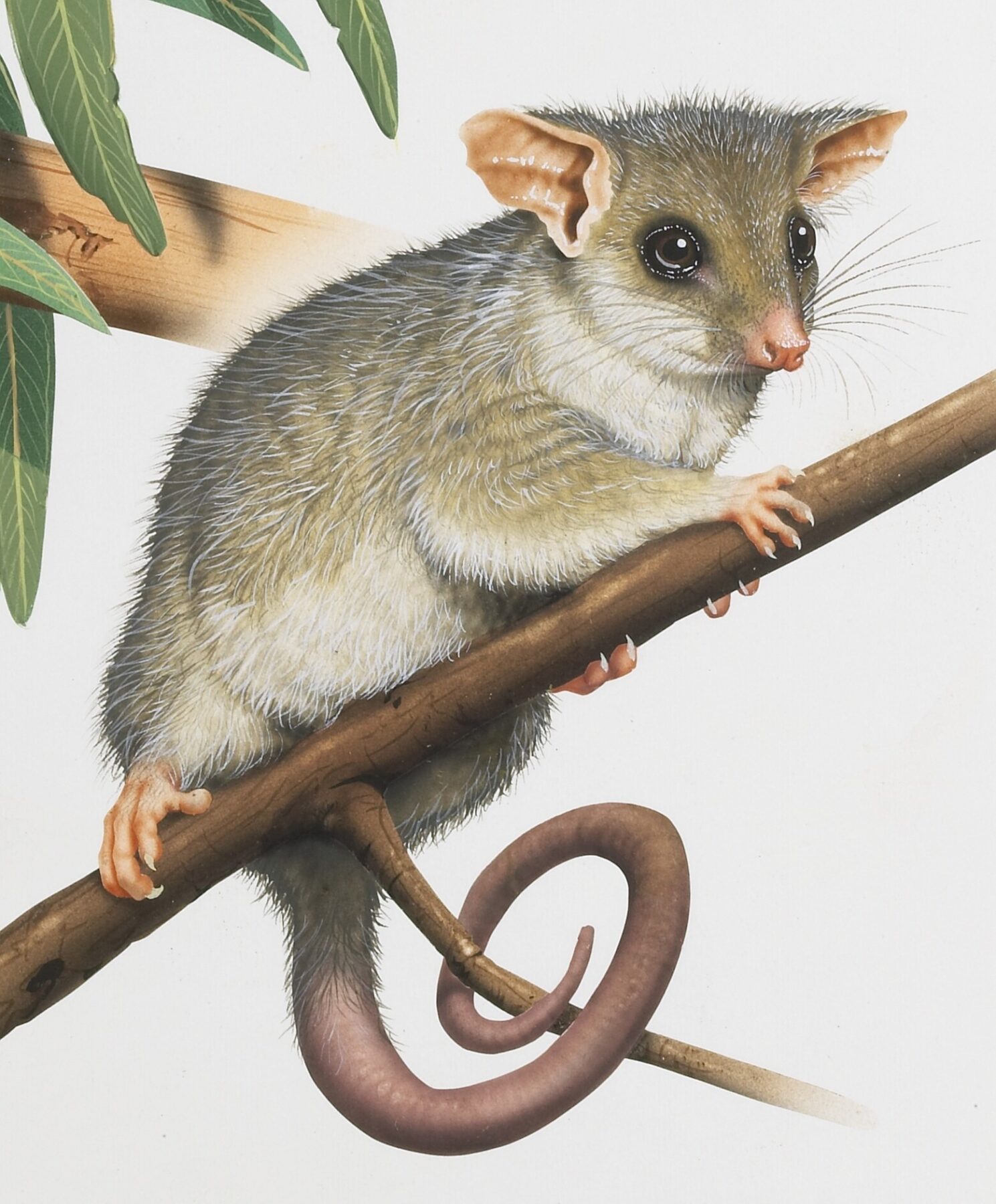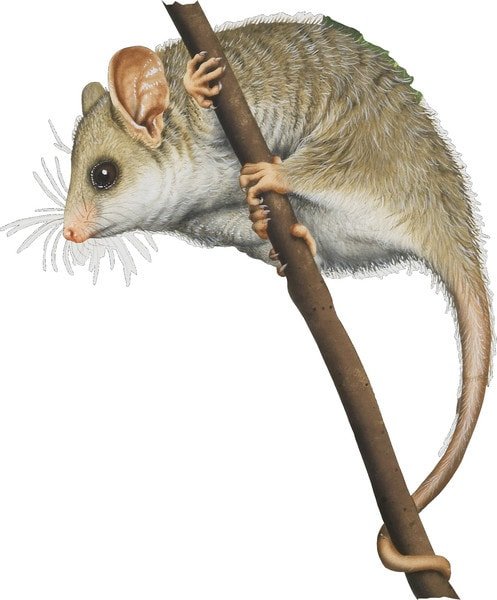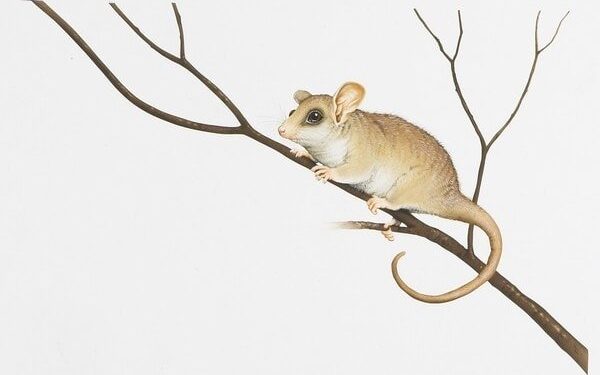A guide to Australia’s adorable pygmy-possums

Australia is home to five species of pygmy-possum.
These adorably pudgy creatures are among Australia’s smallest possums, mostly occupying eastern parts of Australia.
Pygmy-possums are the only marsupial known to hibernate for extended periods.
Only one species of pygmy-possum is arboreal, while others choose to live close to the ground, making them vulnerable to predation. But that’s not the only problem they’re facing. During Australia’s catastrophic Black Summer, it was thought some populations had been wiped out completely.
East coast populations of the pygmy-possum are also being badly affected by the decline in bogong moths, a migratory insect that makes up the bulk of their diets.
Meet our fab five here.
Mountain pygmy-possum
Burramys parvus

Found above 1400m and up to the Australian mainland’s highest point, 2228 m Mt Kosciuszko, it hibernates for up to seven months in sheltered boulders under the snow.
Often called burramys – from an Indigenous word meaning stony place – the possum eats bogong moths, seeds and small fruits, and is considered rare and vulnerable.
These pygmy-possums were badly affected by the Kosciuszko National Park bushfires. To assist with their comeback, scientists created ‘bogong biccies’ as their food and water resources had been wiped out.
Long-tailed pygmy-possum
Cercarteus caudatus

Found between Townsville and Cooktown, and also in New Guinea, this rainforest-dwelling species is surprisingly absent from Cape York. Seldom seen, the long-tailed pygmy-possum has a 15cm tail extending from its 10cm body andfeeds on nectar of the bumpy satin ash. During the day it sleeps in a spherical nest of leaves.
Western pygmy-possum
Cercarteus concinnus

This tiny possum weighs around 15g and is found feeding on nectar and insects in mallee heath and dry forest across south-western Western Australia, several regions of South Australia and western Victoria, and Kangaroo Island.
It is light enough to climb and hang from long grass stems and often moves along the ground, sometimes sheltering during the day in a leaf-lined nest in a grasstree. Its most common Indigenous name is mundarda.
Like all pygmy-possums, the western pygmy-possum is great at entering mini-hibernation periods, called torpor. As soon as temperatures dip below 12°C and food is scarce, it’ll fall into a deep sleep for several days.
One individual set the record for the longest hibernation period way back in 1970: 11 days without food or water. But most won’t hibernate for more than eight days.
Little pygmy-possum
Cercarteus lepidus

The smallest of the small, the little pygmy-possum is just 6cm long and weighs a mere 7g. Although it eats some nectar, it preys mainly on insects, and sometimes small lizards, in a variety of habitats, from desert to forest.
A small population of little pygmy-possums on Kangaroo Island were badly affected by the 2019/20 bushfires. Against all the odds, however, conservationists came across a surviving pygmy-possum In December 2020.
Eastern pygmy-possum
Cercarteus nanus

The eastern pygmy-possum is found in a variety of forests and heath in Tasmania and along the mainland’s south-eastern coast, but is listed as vulnerable in NSW.
It’s about 9cm long and uses its long tongue to feed on nectar and pollen from banksias, bottlebrushes and eucalypts, as well as insects and seeds. And apparently, they make a pretty good meal for a huntsman.


